Category: Entity Form
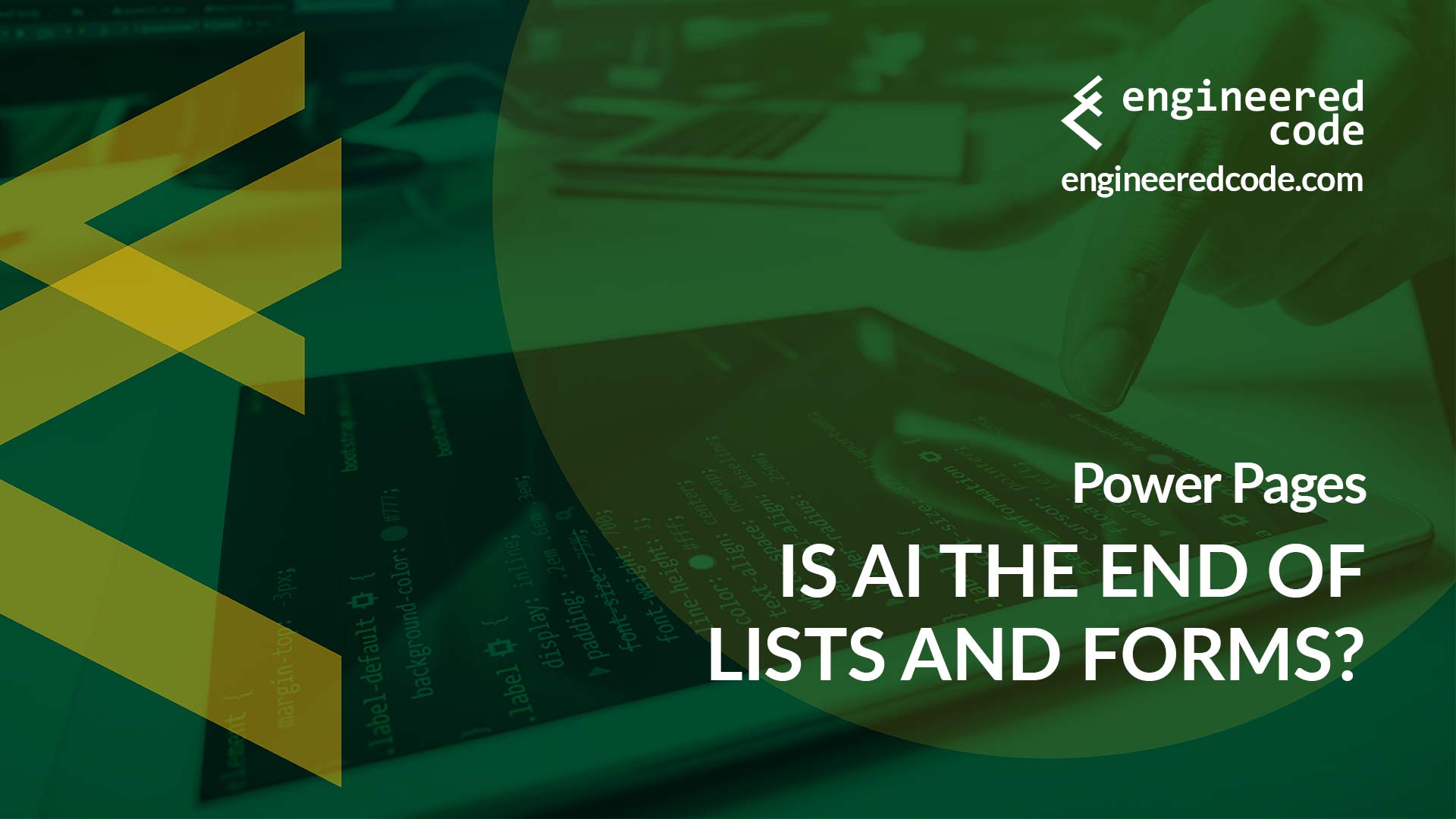
Power Pages: Is AI the End of Lists and Forms?
November 27, 2025 4 Min.To ReadLast month I was fortunate enough to travel to Las Vegas for the Power Platform Community Conference, and of course the main topic of conversation was AI. When it comes to Power Pages specifically, the question of how vibe coding might be embraced by makers and how that would impact the product moving forward was a recurring theme. In this blog post, I’ll share my thoughts on what I think these new tools mean for those of us who work with Power Pages on a regular basis.

Power Pages: Mysterious Disappearing Lookup Value When Using Custom JavaScript
May 28, 2025 3 Min.To ReadThe out-of-the-box user experience of the Lookup control in Power Pages works fine in many situations, but it is not uncommon on a project to want to change it up using some custom JavaScript. Recently, this was the case for us when a client wanted custom related record filtering. However, we ran into a strange issue where, when saving the form, instead of it setting the value correctly, the column was being cleared in Dataverse. In this post, I’ll get into the details of what was going on.

Power Pages: Form Label Best Practices
January 28, 2025 3 Min.To ReadOne of the fundamental features of Power Pages is the ability to create or edit Dataverse data via Forms. The layout of a Power Pages Forms is defined using Dataverse table forms, which are the same as those used in model-driven Power Apps. Part of that layout includes the labels for the fields of the form. In this post we’ll look at the various options Power Pages provides to customize those field labels.
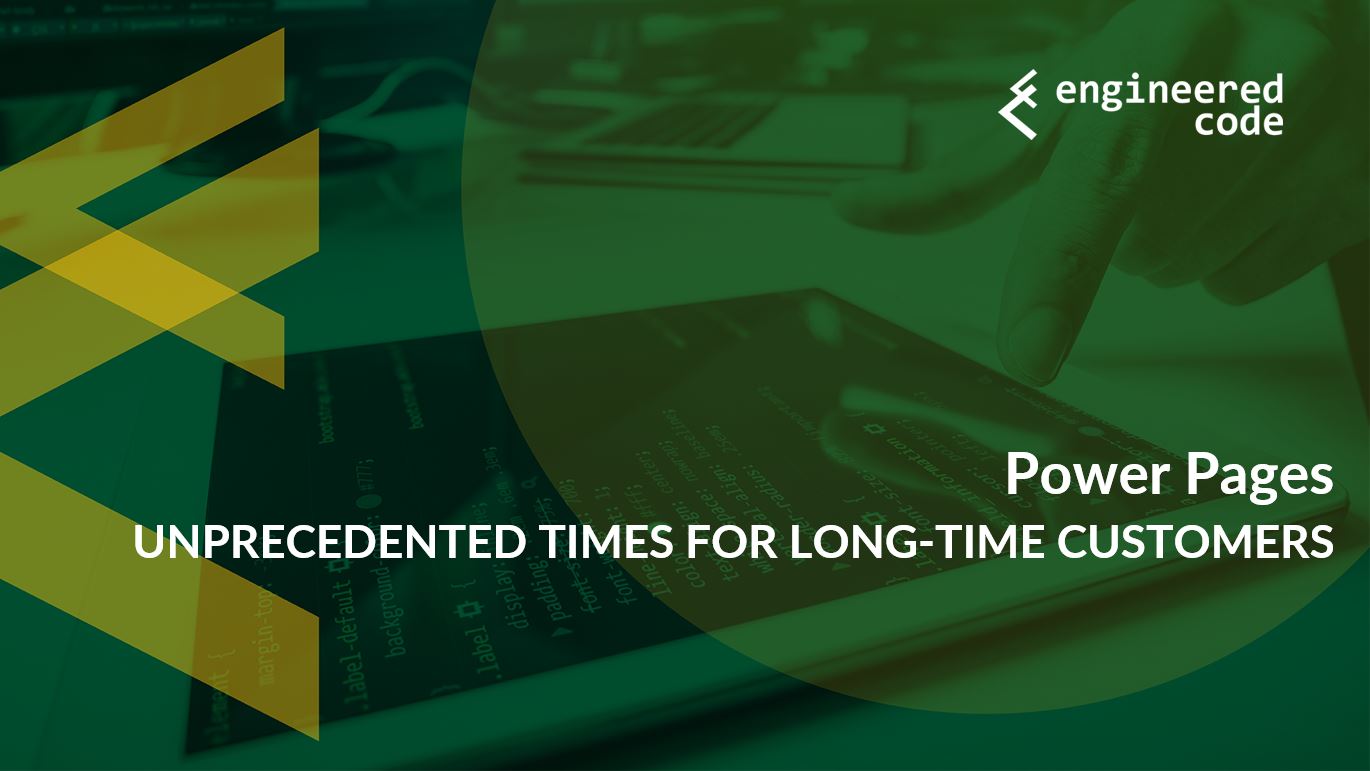
Power Pages: Unprecedented Times for Long-Time Customers
April 3, 2024 4 Min.To ReadWith the release of documentation describing the migration from the Standard Data Model to the Enhanced Data Model, we’ve entered some unprecedented times for organizations that have been using Power Pages for a long time. For the first time since Microsoft acquired the product, a significant upgrade of the website will be necessary at some point in the future to transition to both Bootstrap v5 and the Enhanced Data Model.
Popular Posts
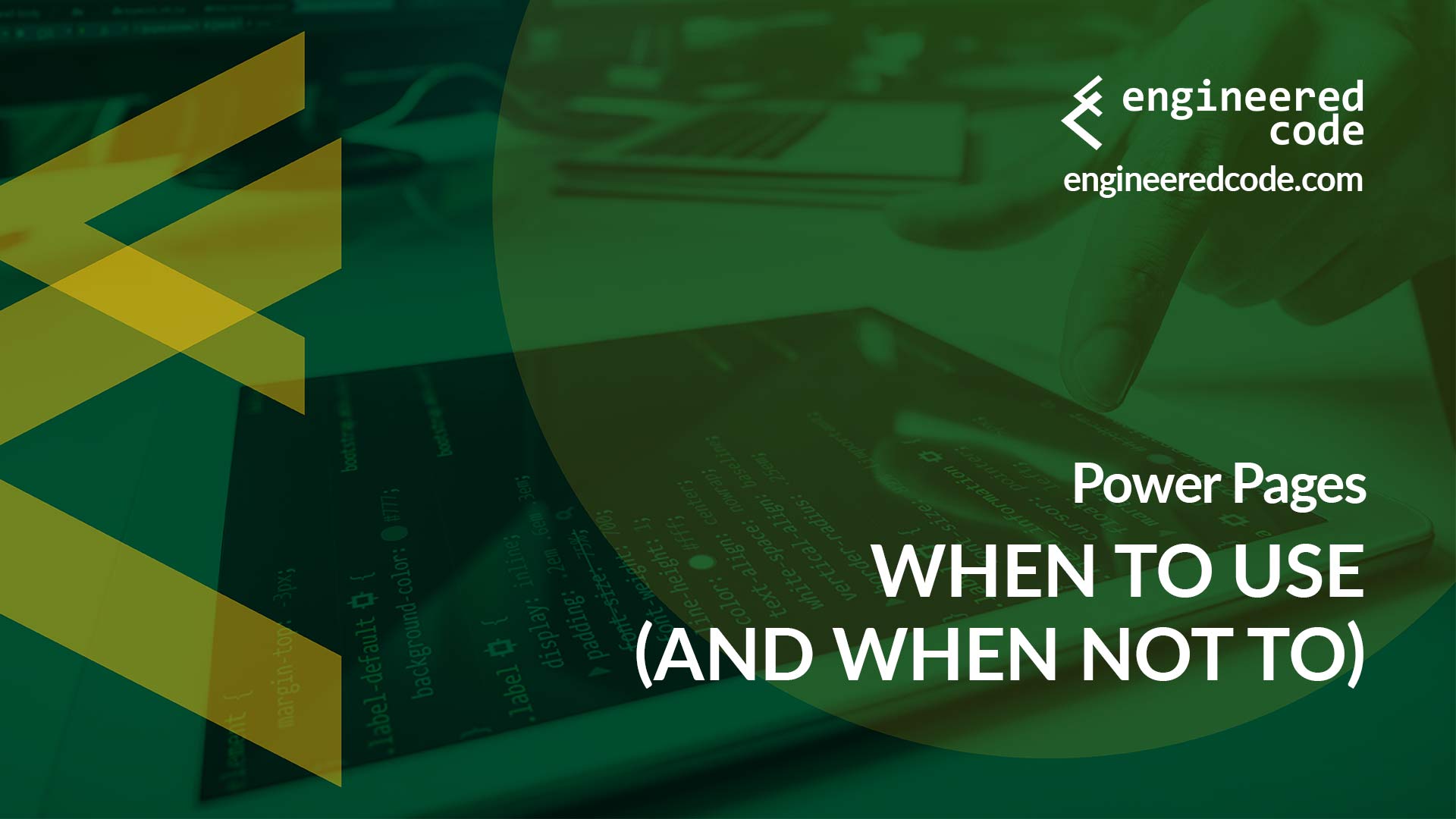
Power Pages: When to Use (and When Not To)
March 6, 2023 5 Min.To ReadThe growth of Power Pages has been an amazing story. Since being acquired by Microsoft in 2015, the product has gone from a niche add-on for Dynamics 365 Customer Engagement to a full-fledged product in the Power Platform. The visibility that comes with getting equal billing to other Power Platform products like Power BI, Power Apps, and Power Automate means that new people are discovering Power Pages all of the time. However, as with any software product, Power Pages isn’t always a fit, even if your project fall under the category of low code web application development platforms. In this post, I will share what I look for when trying to determine if Power Pages is a fit for a given project.

PowerApps Portals: Liquid and JavaScript – Better Together!
October 31, 2019 4 Min.To ReadPowerApps Portals offers two primary languages for customization: JavaScript and Liquid. This leads to confusion as to which technology should be used when – I’ll try to clear up some of that confusion in this blog post, as well as demonstrate that is many cases, the best option is a combination of the two.
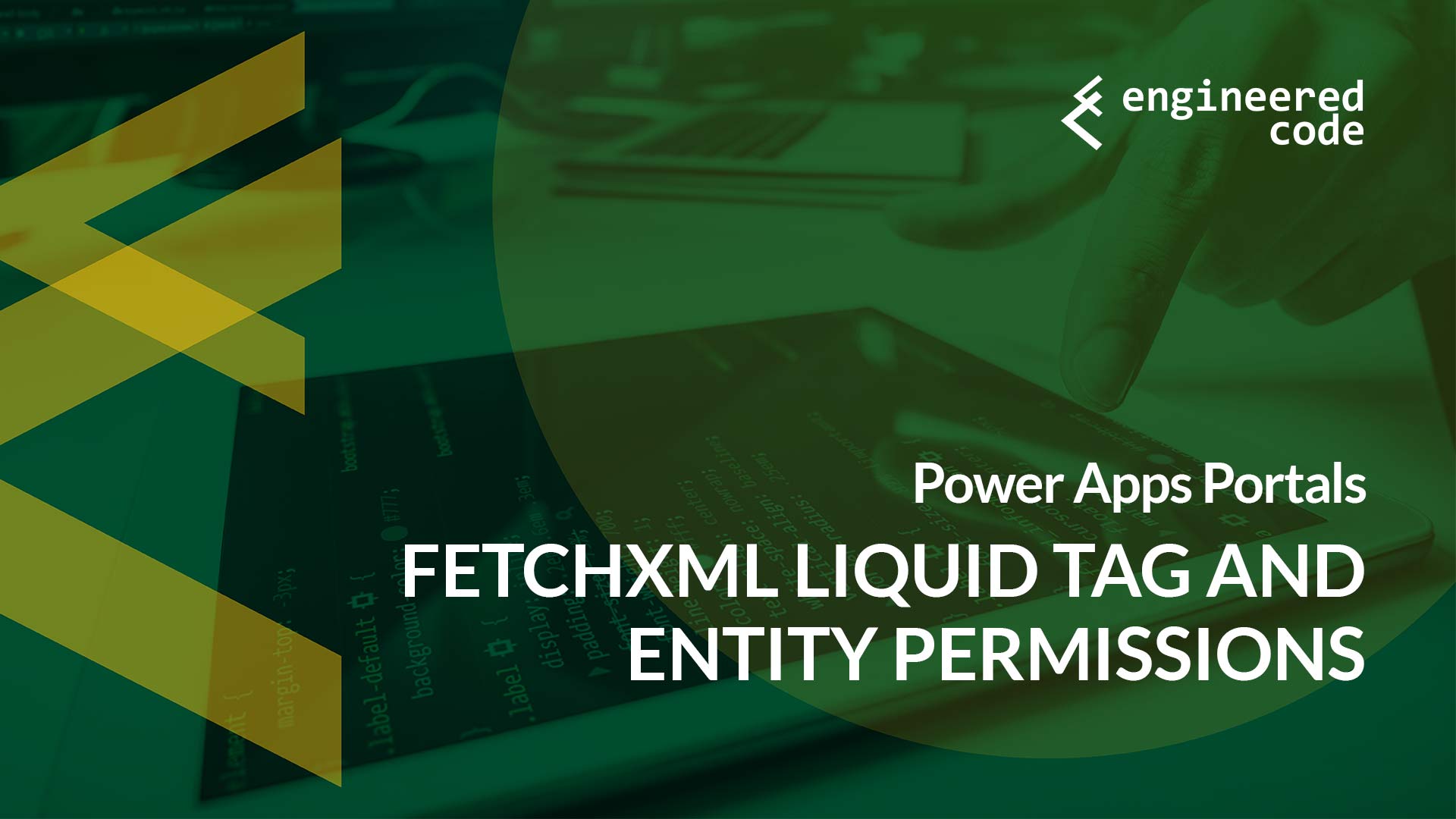
Power Apps Portals: fetchxml Liquid Tag and Entity Permissions
January 16, 2020 3 Min.To ReadThe fetchxml Liquid tag is arguably the most powerful Liquid tag in Power Apps Portals – it allows you to meet complex requirements for the display of data. But, if you combine it with a complex Entity Permissions model, you could find yourself getting unexpected errors. In this post I’ll cover what can cause those errors, and how to work around them.
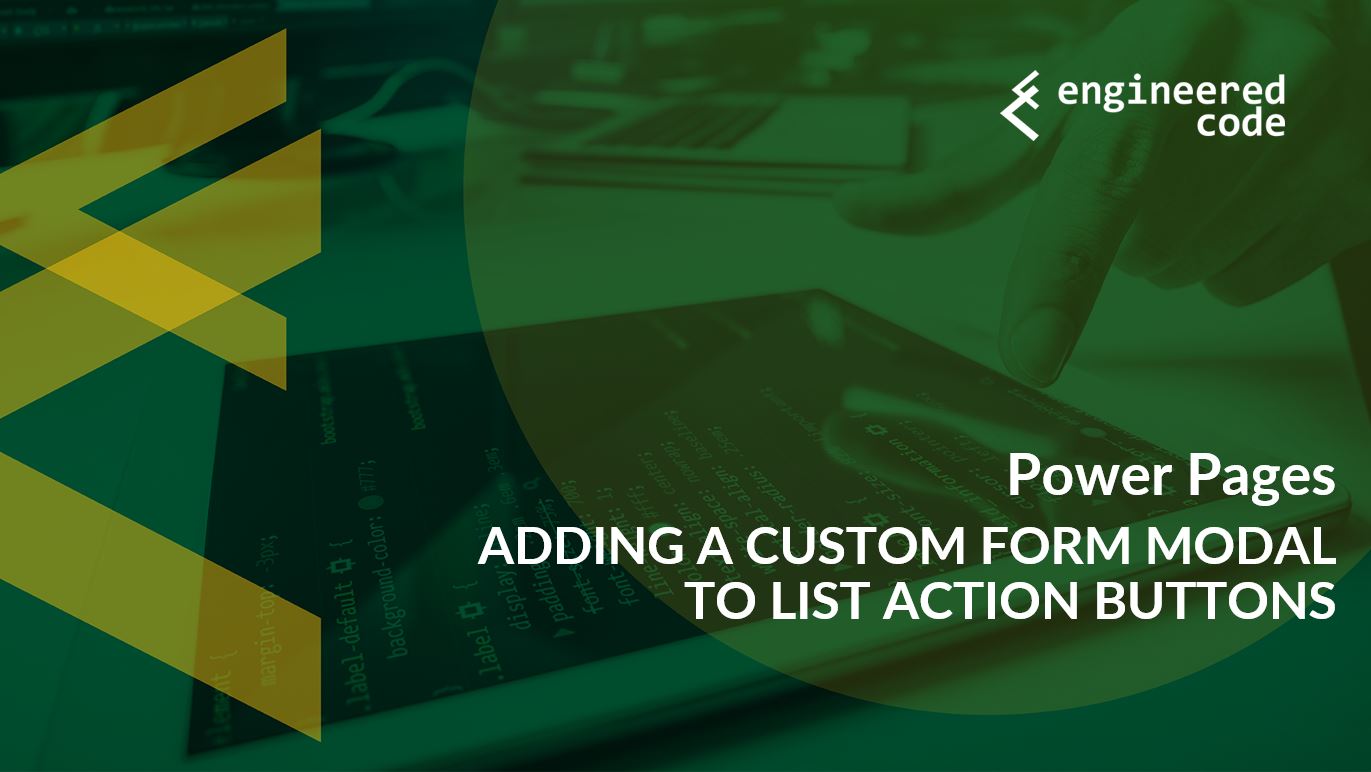
Power Pages: Adding a Custom Form Modal to List Action Buttons
December 8, 2023 6 Min.To ReadRecently there was a comment on my blog Power Apps Portals: Related Entity as Source of Next Web Form Step about adding a custom Edit button to a list or subgrid. In this case, rather than editing the main row in the table, they wanted to edit a row that was related to the main row. If you want the edit form to pop up in a modal, it requires a bit of JavaScript. In this post, I’ll go through what you need to do in order to achieve this functionality.
